Updated October 17, 2025- The Democratic Republic of Congo is pitching the world’s largest hydroelectric site as a source of cheap, renewable energy for data centres, amid surging global demand driven by artificial intelligence.
The Inga complex on the Congo River now generates less than 2 gigawatts of power. This is just a fraction of its 44-gigawatt potential, according to Bloomberg.
Additionally, the government believes that partnering with data centre operators could help unlock that capacity, said Bob Mabiala Mvumbi who is the head of Congo’s Inga Development Agency.
The Grand Inga Dam has nearly twice the power potential of China’s Three Gorges Dam, abundant cooling water, and access to fibre networks, “you would not have a better place than Inga for a data center,” Mabiala said.
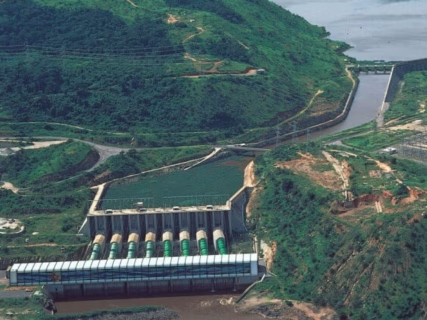
African countries are gearing up their power generation capacity with development of hydropower dams. Countries such as Congo are spearheading hydropower projects with projects such as the Sounda Hydropower Plant which is expected to boost the country’s generation capacity and shift to green energy.
Reported on September 5, 2025
The Grand Inga hydroelectric power project is a massive US$ 80 billion expansion to the existing 351-MW Inga 1 and 1,424-MW Inga II plants in the Democratic Republic of Congo that were commissioned in 1972 and 1982 respectively. The magnitude of the dam project as the world’s largest is incomparable to Africa’s largest hydroelectric dam project, the Grand Renaissance dam (GERD). The dam will produce up to 44GW of power while Ethiopia’s GERD produces up to 5GW, highlighting its significance as the world’s largest.
The Grand Inga was set to dwarf the Three Gorges Dam once completed but China’s recent announcement that they will be building an even larger dam called the Tibet Dam will relegate it to number two.
The Grand Inga hydroelectric power project, which mainly involves the construction of a series of six additional dams, is set for development across the Congo River-the world’s second-largest in terms of flow (42,000m3/s) after the Amazon, and the second-longest river in Africa (4,700km) after the Nile River-approximately 150 kilometres upstream of where the river empties into the Atlantic Ocean. It is estimated that the vertical drop, the volume, and velocity of water flow at this site, can support a series of hydroelectric power stations, each with a generation capacity ranging from 4 to 8 GW.
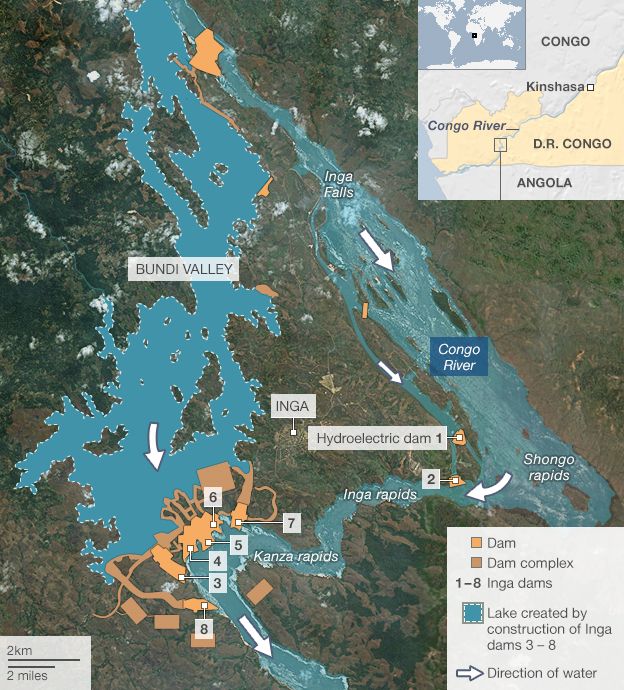
Also read:
Lesotho Highlands Water Project (LHWP) timeline and all you need to know
Implementation of the Grand Inga hydroelectric power project
The Democratic Republic of Congo is on a mission to ensure it finances the world’s largest hydropower dam. The World Bank and other financial institutions are engaged in discussions about funding the significant project. The mega hydropower project holds the potential of supplying electricity across the entire African continent. The Grand Inga Dam has the capability of producing 44,000 MW of power annually. It is also estimated to cost $80 billion to ensure its implementation. Set to be situated in the Congo River, the dam holds the hopes of ending energy shortages in DR Cong. The government has already initiated plans to construct 6 hydropower stations near a waterfall in western DRC. This will add to the two that are already operational. Once completed, the dam is expected to be the world’s largest in capacity and output.
Phases of Development:
The project will be implemented in 6 development phase’s starting with the construction of Inga III. The latter will be constructed in two sub-phases, initially a low head and then a high head, extending the dam wall and making it higher. There will be no closure of the Congo River nor the construction of tunnels, just an open channel. Approximately 6000m3 m/s will be diverted for Inga III to a valley that runs parallel to the Congo River bed. When completed, Inga III will have the capacity to produce 4,800MW of electricity.
The construction of the successive phases of Grand Inga will hinge on the availability of a market and funding for the project, the design of which allows independent development of the power stations in the series, as well as the phased development of each station. Upon completion, the entire project is expected to produce up to 42,000 MW of electricity, over twice the power generation capacity of the Three Gorges in China, which at present is the biggest hydropower project in the world and more than a third of the total electricity currently produced in the whole of Africa.
The State of Affairs of the World’s Largest Hydropower Dam
The construction of the world’s largest hydropower dam is one that has stalled close to over a decade. One of the reasons for this is the disagreements between the former DRC government and the World Bank over issues of transparency. The multibillion-dollar endeavor has also experienced pushbacks from activists for focusing more on the needs of investors in the mining sector. The activists shun this approach as they note that the aim of the dam is to supply electricity countrywide. However, the current government is making efforts to address these issues.
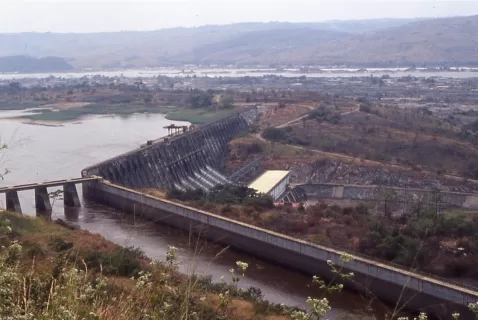
They have revived talks with the World Bank to ensure funding of the project. A significant amount of the energy produced from the dam will be availed to the mining sector. It will go to the nation’s mining heartland of Katanga. South Africa and Nigeria have also shown interest in drawing power from the hydropower dam. “The national electricity utility serves the population and companies. While it gives priority to the mining companies that have invested, there is nowhere that the contract says a hundred percent of the power should go to the mining companies,” Ben Munanga, the Chairman Board of Directors, KAMOA Copper S.A. said.
South Africa to buy power from DRC’s Inga Dam
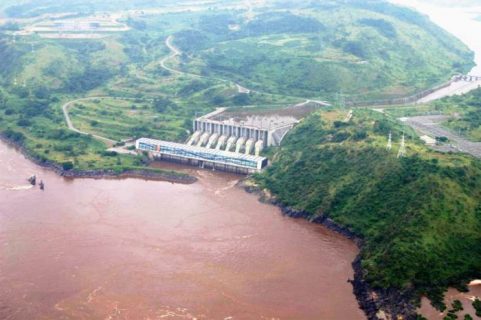
South Africa will benefit from power from a dam in the Democratic Republic of Congo (DRC). This is after the two sealed a purchase order for SA to buy electricity in six years starting at the end of this month, September. In the agreement, it is expected that South Africa will play the role of a “reliable purchaser”. This will support the Grand Inga (Inga 3 dam) development in the western DRC. South Africa is experiencing an electricity shortage. The government needs 2500MW to be supplied during the six phases of the whole Inga dam project.
According to the South African energy minister, Tina Joemat-Pettersson last week, the country, in pursuing the deal, has put in place strategies to get enough power supply. He added that they could not wait to “wake up in 2020 and realize they need power.” Congolese energy minister, Bruno Kalala, said that the deal is a milestone in the development of the Inga 3 dam project and the country was looking forward to getting a “reliable purchaser” of the power from the project.
The Grand Inga Dam Project as a Hope to DR Congo’s Energy Woes
The implementation of the world’s largest hydropower dam is of monumental significance especially in providing electricity. Despite the nation’s huge hydropower potential, most residents struggle with the nation’s energy poverty. A significant number of Congolese who are living in impoverished states and conditions will afford electricity. Furthermore, business people will also benefit from the economic benefits power from the dam will unveil. Many attending the Makutano International forum ending soon showed anticipation to see the dam’s operations commence.
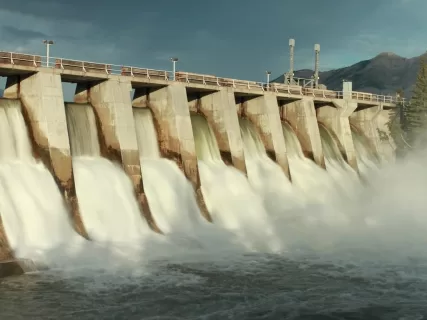
“We have to do it, regardless of the size of the project, whether here at Inga or anywhere in the country, even if it is a small dam, it must be built,” Eric Monga the vice-president, Congo Business Federation (FEC) said. Authorities say it may take another decade for the 6 dams to be completed and start generating clean energy in the DRC. However, they also note that it is worth the wait.
Overview of the Project
Kamoa Copper and SNEL, together with Stucky SA of Lausanne, Switzerland, and Voith Hydro of Heidenheim, Germany, are the EPCM and the contractor for the project. They have commenced a technical assessment to define the scope of work and associated costs. In addition to upgrading Terminal 5 at the Inga II Hydropower complex, the terminal equipment on the Inga-Kolwezi transmission line will also be upgraded to increase its transfer capacity by a minimum of 200 MW. The estimated output of 162 megawatts (MW) is expected to be unlocked following the upgrade of Inga II’s turbine 5. A part of the production will be used to meet the future power requirements of the Kamoa-Kakula Mine, and the surplus will be distributed on the national power grid to increase access to electricity for the citizens of the central African country.
Also read:
Grand Inga Hydroelectric Power Project Updates, Democratic Republic of Congo


I totally agree with you a 100%, @ Eng. Dennis Busolo
Grand Inga Dam is a multistage construction project. Inga 3 is for the 4800 NW addition to the grid: Tye anchor customers are South Africa and Nigeria. nothing has changed since 2015. It is still a project on paper.
I worked with the UNDP in Zanzibar as a power station engineer and in Sierra Leone designing Biomass power plants for the Government when Dr. Ahmed Kabbah was president. Africa desperately needs electric power for the hundreds of millions of its inhabitabts. This is a timely proposition and I wish All African who will benefit from God’s bounty. I am a semi retired power engineering university professor who taught at least 2500 engineers at the University of California and the Calfornia State University systems. I am proud to say that one of them is the CEO of San Diego Gas & Electric and another is the CEO of Northern California Power Agency.
Blessings
Prof John Balachandra November 25 2024
I hope both the World Bank Group and the Government of DRC can close the agreement negotiations sooner than later, seeing that that power shall benefit more than DRC in Africa.